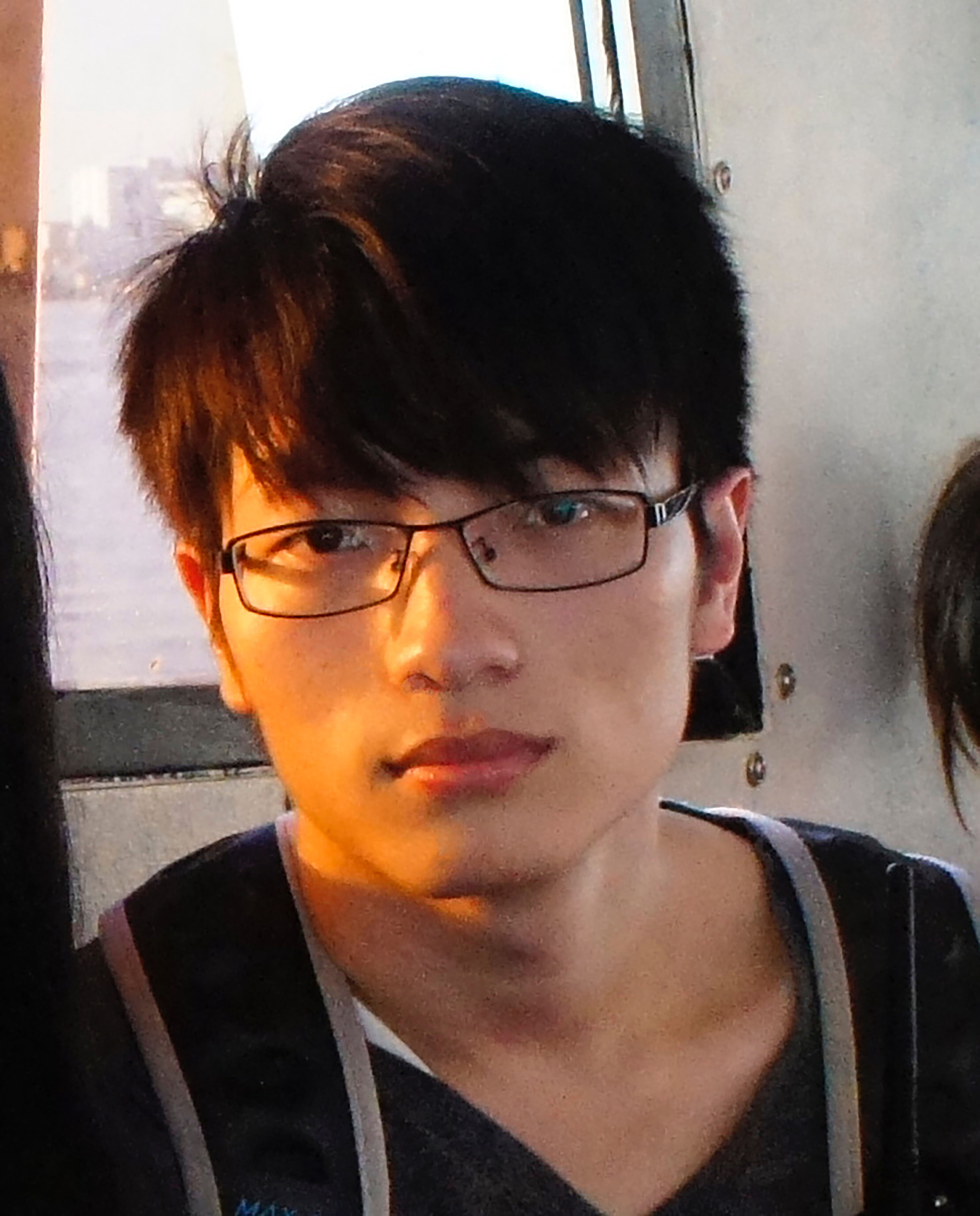Congratulations to PhD student Dingxin Fan, winner of the PetroPhase2021 Best Student Poster Award.
Fan is a researcher working with Dr. Jim Chelikowsky at the Oden Institute’s Center for Computational Materials. His winning poster presentation, entitled: “Simulation of Noncontact Atomic Force Microscopy (nc-AFM) Images Using Real-Space Pseudopotential Calculations” outlines how to use noncontact atomic force microscopy to image, characterize and manipulate chemical structures.
The award is selected based on the ranking and total views by all participants who attended the annual conference on Petroleum Phase Behavior and Fouling. This year there were over 300 virtual attendees who gave their verdicts over a four week period beginning the day the conference started (June 7, 2021).
“It is a very competitive award since only the top three were selected among over 100 poster presentations,” said Yunlong Zhang, Chair of the Technical Committee at PetroPhase2021.
PetroPhase2021 is an international conference for scientists and engineers to exchange ideas on research, fertile ground for a student with interests like Dingxin Fan. “As a theorist, this is an extraordinary opportunity to communicate and connect with experimentalists in the industry,” he said. “Getting to know the latest research in the field is crucial for me. Winning this award is a great honor for me and for our research contribution to be recognized and acknowledged by the PetroPhase community.”
Dingxin Fan’s research focuses on how to use real-space numerical electronic structure methods to simulate images from probe microscopies, and is guided by Chelikowsky, at the Center for Computational Materials. “Professor Chelikowsky has provided tremendous support since I entered graduate school,” Fan said. “He always gives me very helpful advice. The Oden Institute for Computational Engineering and Sciences provides an interdisciplinary atmosphere where exciting and cutting-edge research occurs.
“My poster contained three key findings for using noncontact atomic force microscopy for working with chemical structures,” Fan said.
“First, we confirmed that noncontact atomic force microscopy (nc-AFM) with a CO functionalized tip can distinguish various functional groups in organic molecules. We also proposed a promising method to systematically identify heteroatoms (N, O, S, etc.) from C atoms using nc-AFM imaging and, in a joint experimental-theoretical effort, we studied how a chemical bond ruptures using quantum computations.”
